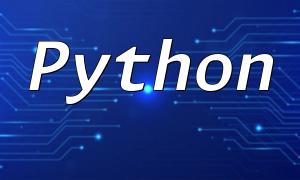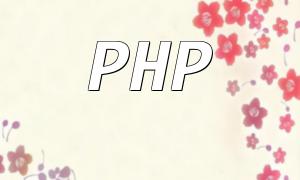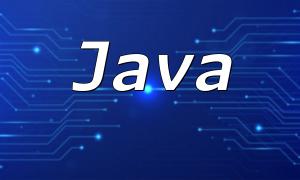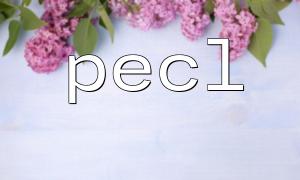PHP and Vue.js are two of the most popular web development technologies today. When combined, they can help create efficient, scalable, and maintainable web applications. In this article, we will guide you on how to use PHP and Vue.js together to develop a powerful mind map application.
Before developing the mind map application, it is crucial to understand its core functional requirements. Based on our analysis, the app should implement the following features:
To implement these functionalities effectively, we need to choose the right technology stack. Here are the recommended technologies:
Before implementing the application, we need to design the database structure. To store the mind map data, we can create a table called "mindmap" with the following structure:
CREATE TABLE mindmap (
id INT PRIMARY KEY AUTO_INCREMENT,
name VARCHAR(255),
json_data JSON
);
To better handle and store JSON data, we can use the JSON data type supported in MySQL 5.7 and later versions.
After designing the database structure, we can start implementing the backend code. Using PHP as the backend language, we can utilize PDO for database operations and Slim Framework for building a RESTful API. Below is the core code for fetching the mind map list:
class MindmapController {
private $db;
public function __construct(PDO $db) {
$this->db = $db;
}
public function index(Request $request, Response $response) {
$stmt = $this->db->query('SELECT * FROM mindmap');
$data = $stmt->fetchAll(PDO::FETCH_ASSOC);
return $response->withJson($data);
}
}
The code above uses PDO to query the database and fetch all mind map data, then returns it in JSON format using Slim Framework's withJson method.
Next, we can begin implementing the frontend using Vue.js and Element UI. The following code example shows how to render the mind map on the frontend:
<template>
<div id="app">
<el-tree :data="data" :props="defaultProps" @node-click="handleNodeClick"></el-tree>
</div>
</template>
<script>
export default {
data() {
return {
data: [],
defaultProps: {
children: 'children',
label: 'label'
}
};
},
mounted() {
axios.get('/mindmaps/1').then(response => {
this.data = response.data.json_data;
});
},
methods: {
handleNodeClick(data) {
console.log(data);
}
}
};
</script>
This code uses axios to fetch data from the backend and then renders it as a mind map using Element UI's el-tree component, supporting node-click interactions.
In this article, we have demonstrated how to build an efficient mind map application using PHP and Vue.js. We first analyzed the functional and technical requirements, followed by database design and implementation of both the backend and frontend. Through this guide, you should have gained the essential skills to develop web applications using PHP and Vue.js. Best of luck with your development!









